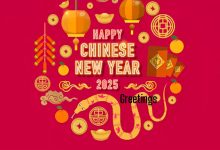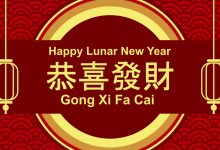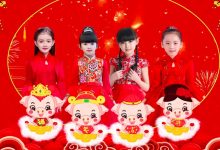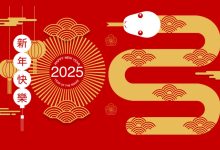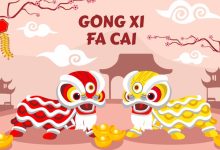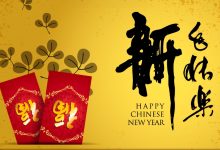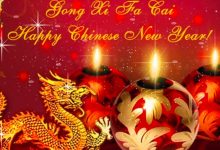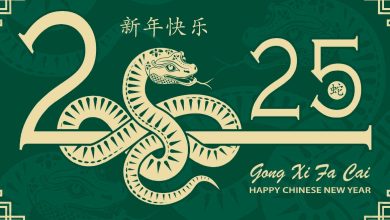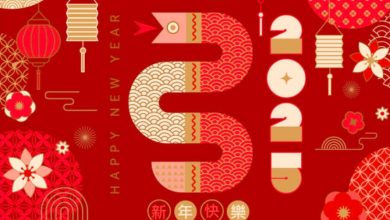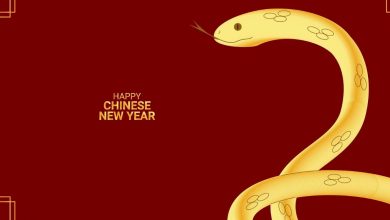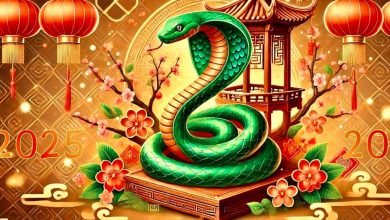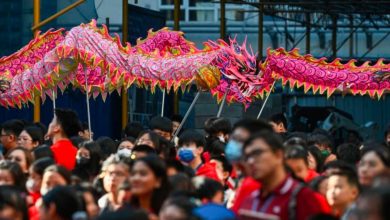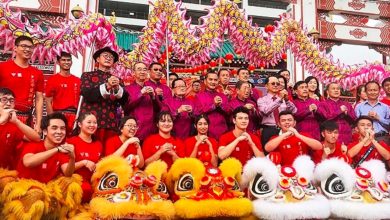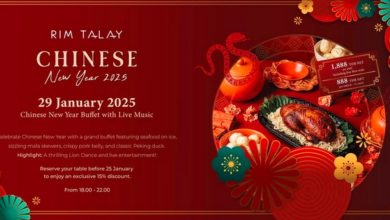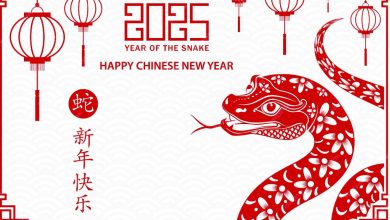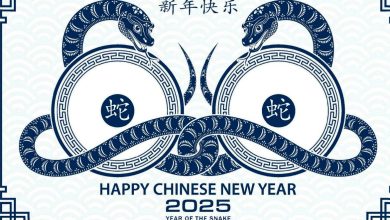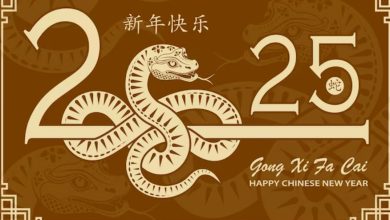Chinese new year singapore 2025
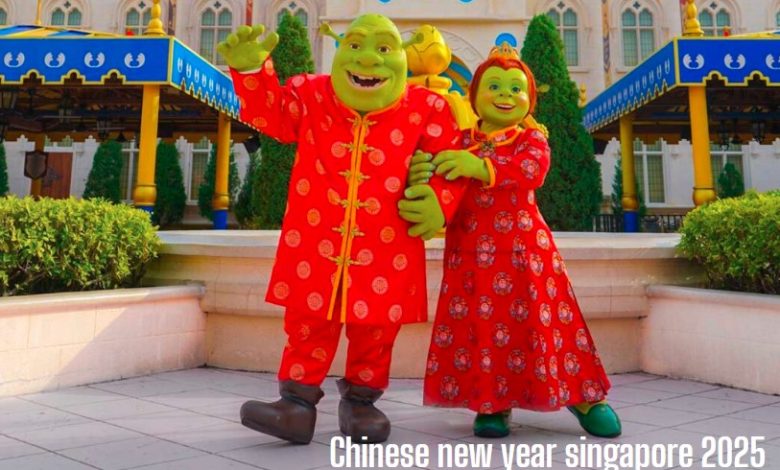
Chinese New Year, also known as Lunar New Year, is one of the most significant and vibrant celebrations in Singapore. In 2025, the Chinese New Year will fall on January 29, marking the start of the Year of the Snake. This auspicious occasion brings together families, friends, and communities to celebrate centuries-old traditions while embracing modern adaptations. Singapore, with its rich multicultural society, transforms into a bustling hub of festivities, making it one of the best places to experience the holiday’s unique blend of heritage and contemporary charm.
Preparations and Decorations
In the weeks leading up to Chinese New Year, Singapore undergoes a remarkable transformation. Streets, shopping malls, and residential areas are adorned with bright red lanterns, intricate couplets, and decorative motifs symbolizing prosperity and good fortune. Chinatown, the heart of the festivities, is particularly captivating. The streets come alive with vibrant light displays, colorful banners, and intricate sculptures that reflect the theme of the zodiac animal for the year—in this case, the Snake.
Orchard Road, a famous shopping district, also joins the celebration with elaborate decorations and festive sales. Families prepare their homes by thoroughly cleaning them to sweep away bad luck and welcome positive energy. Many display blooming flowers, kumquat trees, and other auspicious symbols that represent growth and wealth. The practice of hanging red paper decorations inscribed with blessings is another cherished tradition.
Reunion Dinner
A highlight of Chinese New Year is the reunion dinner, held on the eve of the holiday. This meal is a cherished occasion for families to gather and enjoy a feast of traditional dishes that symbolize good fortune, health, and happiness. Staples include yu sheng (a raw fish salad tossed for prosperity), dumplings (symbolizing wealth), fish (representing abundance), and niangao (sticky rice cake for progress).
Singapore’s multicultural identity adds an interesting twist to the reunion dinner. Families often incorporate dishes from other cuisines, such as Peranakan, Malay, or Indian-inspired flavors, creating a unique fusion that reflects the nation’s diverse heritage. Restaurants across Singapore also offer special Lunar New Year menus, allowing locals and tourists alike to savor these festive delicacies.
Chinatown Festivities
Chinatown is the epicenter of Chinese New Year celebrations in Singapore. The annual Chinatown Street Light-Up is a must-see attraction, featuring stunning lantern displays that tell stories about the zodiac and Chinese folklore. The bustling streets are filled with stalls selling festive goodies such as bak kwa (barbecued pork), pineapple tarts, and mandarin oranges. Visitors can also find traditional handicrafts, decorations, and clothing.
One of the key highlights is the Chinatown Festive Fair, where visitors can immerse themselves in the vibrant atmosphere and enjoy cultural performances, dragon and lion dances, and street food. The nightly performances at Kreta Ayer Square showcase traditional Chinese music, dance, and opera, offering a glimpse into Singapore’s rich cultural heritage.
Chingay Parade
The Chingay Parade is another major event during Chinese New Year in Singapore. Held annually, this colorful and extravagant parade features performances by local and international acts, including traditional dancers, acrobats, and musicians. Floats adorned with dazzling lights and intricate designs travel through the streets, captivating audiences with their creativity and grandeur. The Chingay Parade embodies Singapore’s multicultural spirit, incorporating elements from different ethnic communities to create a truly inclusive celebration.
Visiting Temples and Praying for Blessings
For many, Chinese New Year is also a time for spiritual reflection and seeking blessings for the year ahead. Temples across Singapore, such as the Buddha Tooth Relic Temple in Chinatown and the Thian Hock Keng Temple, see a surge of visitors during this period. Worshippers light incense, offer prayers, and make donations to deities to ensure a prosperous and harmonious year. These temples often host special ceremonies and events, adding a serene and meaningful dimension to the festivities.
Modern Celebrations
In recent years, Chinese New Year celebrations in Singapore have incorporated modern elements to appeal to younger generations. Social media campaigns, digital art installations, and interactive events have become popular ways to engage the public. The River Hongbao, a large-scale event held at Gardens by the Bay or Marina Bay, is a prime example of this blend of tradition and modernity. It features massive lantern displays, carnival rides, and nightly fireworks, attracting thousands of visitors.
Shopping malls and entertainment venues also organize themed events, such as lion dance competitions, calligraphy workshops, and zodiac readings, providing a wide range of activities for all age groups. These modern adaptations ensure that the festive spirit remains vibrant and relevant in an ever-evolving society.
Symbolism and Traditions
Chinese New Year is steeped in symbolism, and every custom holds deep meaning. The exchange of red packets (hongbao) containing money is a gesture of good luck and blessings. Wearing red and new clothes symbolizes a fresh start and good fortune. Firecrackers and lion dances are believed to ward off evil spirits and bring prosperity.
The emphasis on family and community is another cornerstone of the celebration. Visiting relatives and friends to exchange greetings and share meals strengthens bonds and fosters unity. The phrase “Gong Xi Fa Cai” (笑喜发财) is often heard, wishing everyone wealth and happiness in the new year.
